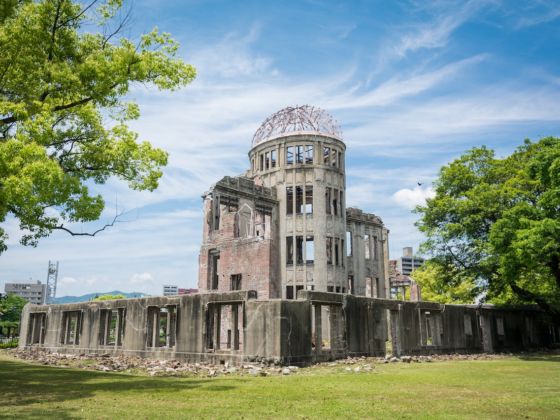THE 20th CENTURY was a time of brutal savagery in Asia. Warfare technology brought us Agent Orange, napalm, and the atomic bomb. And along with that, loss of human life on an enormous scale.
From the imperial Japanese conquest to the genocidal madness of the Khmer Rouge, the brutality was fierce and many were subject to its realities. The people of these countries haven’t forgotten their past ordeals and many sites have been erected to remind us of the horrors of war.
Here are seven humbling experiences in Asia:
